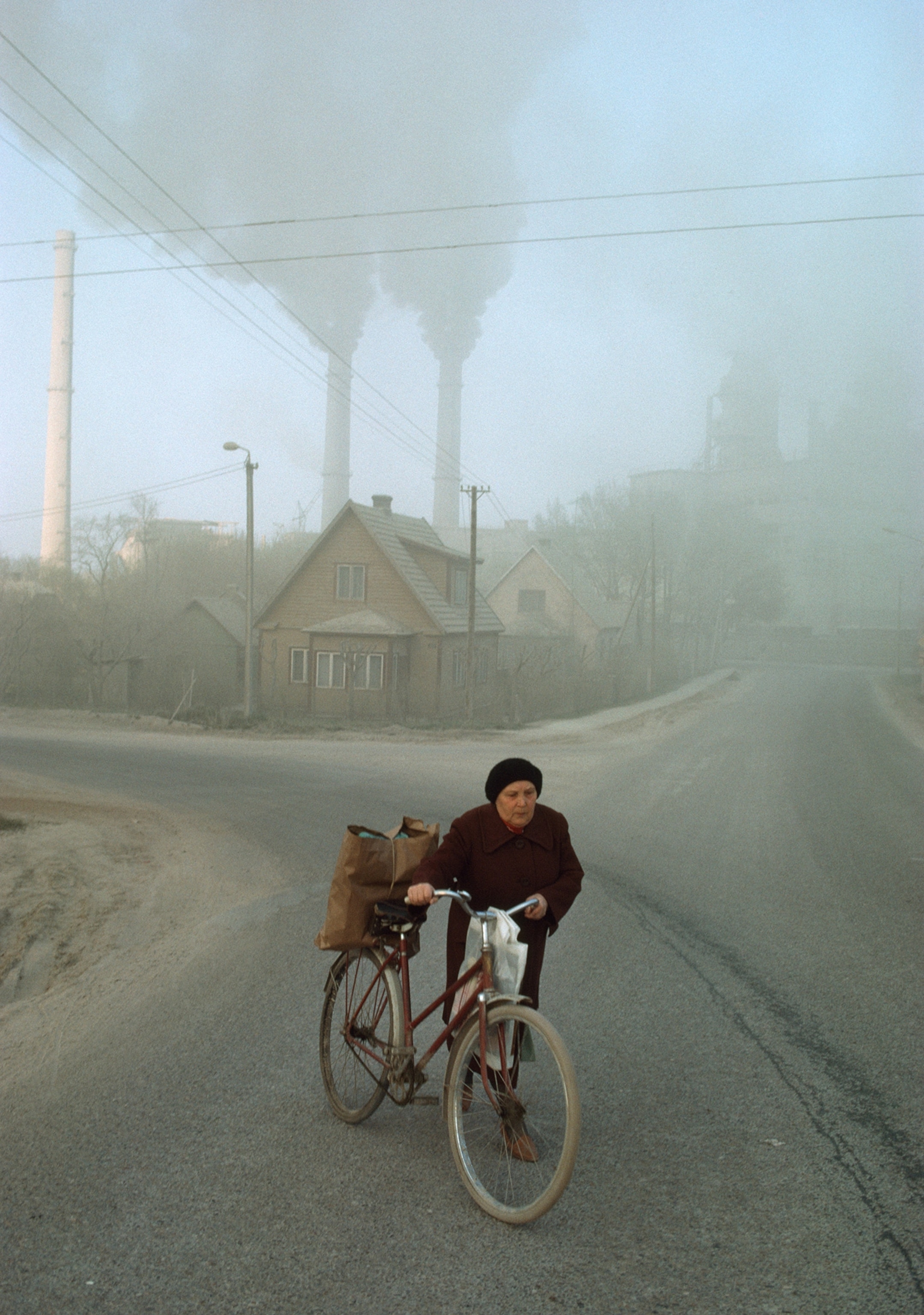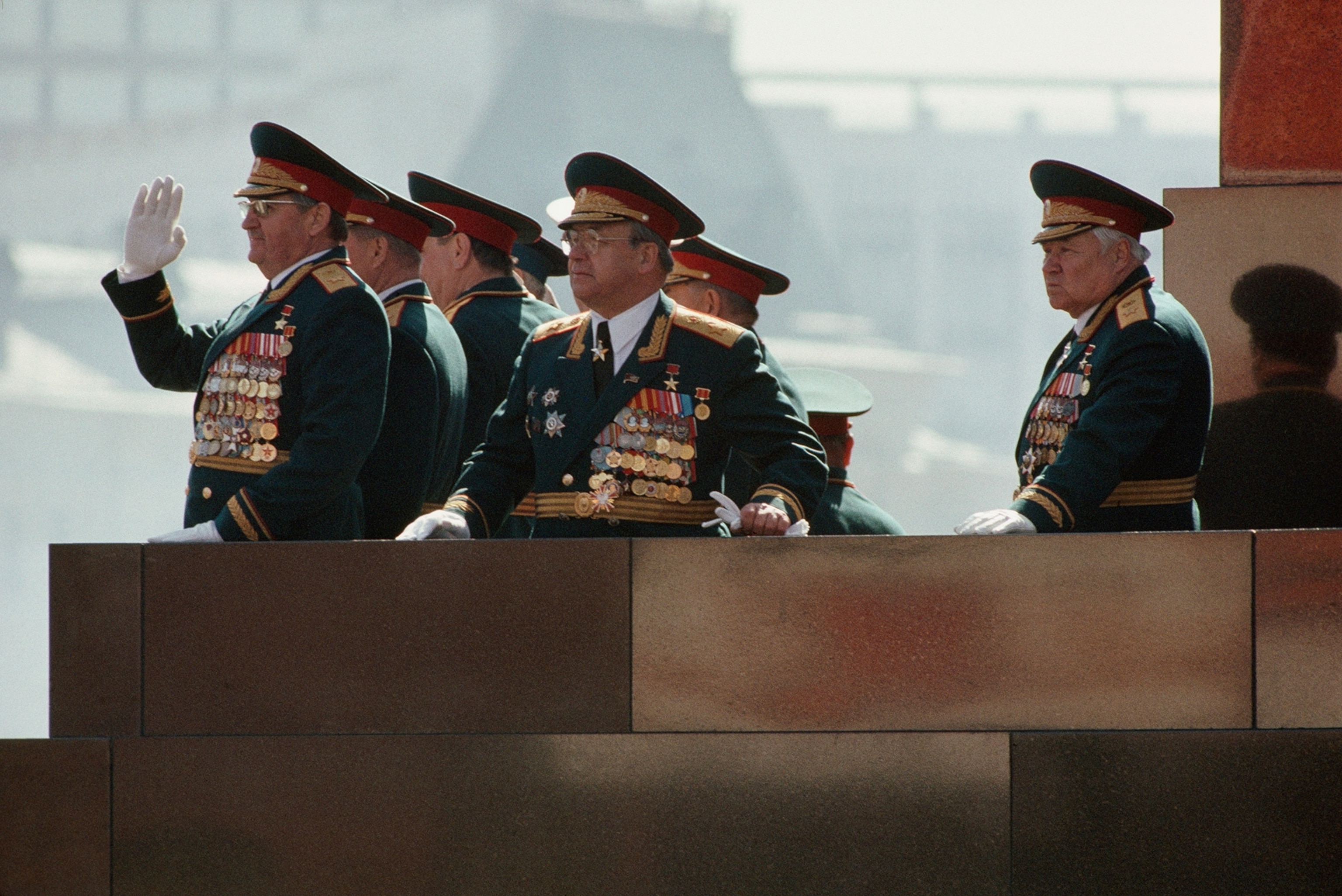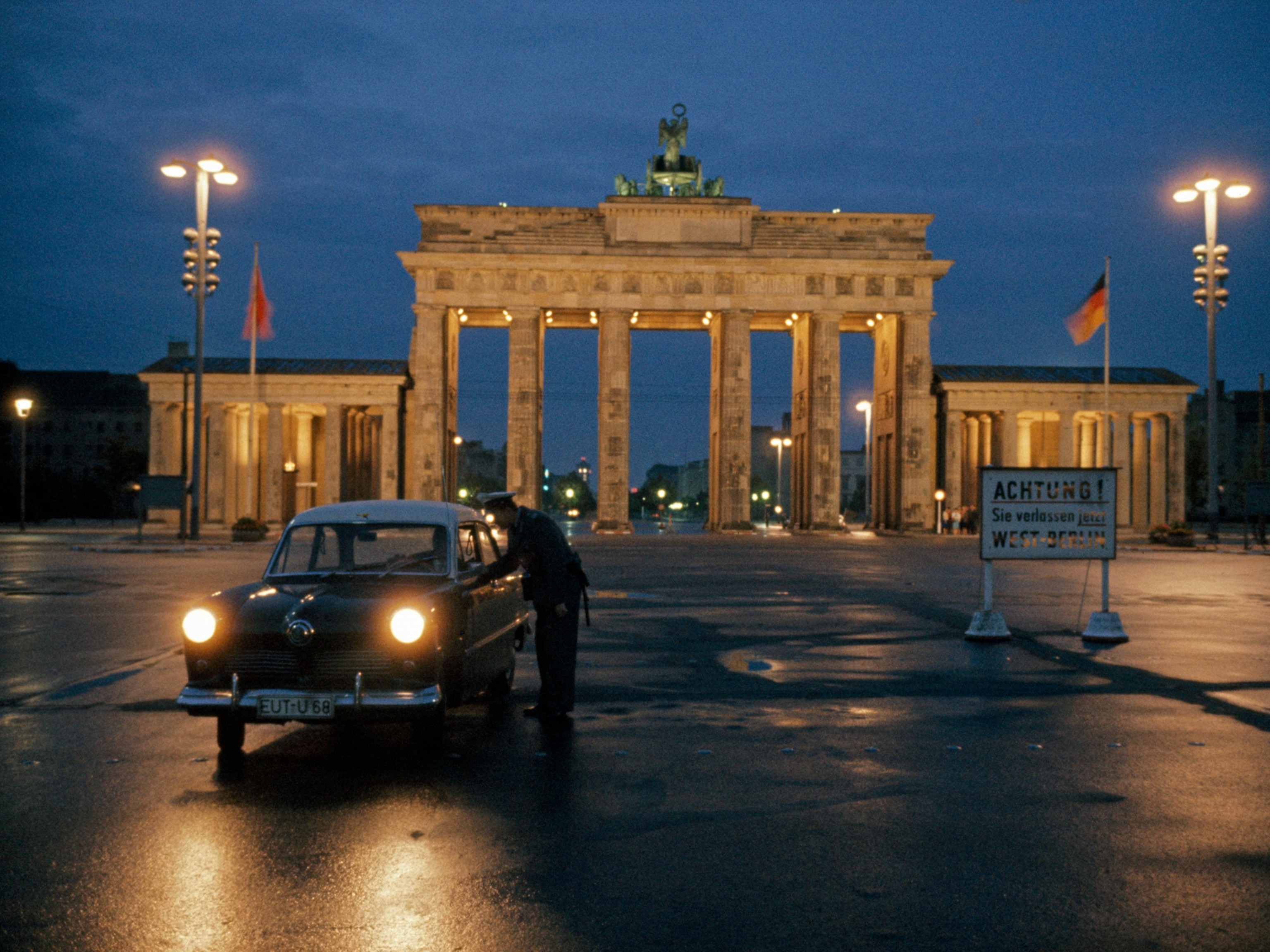
How Nat Geo Captured the Rise and Fall of the Soviet Union
National Geographic provided its readers with a unique look at the U.S.S.R., from its creation in 1917 to its dissolution 25 years ago this month.
Twenty-five years ago this Christmas, Soviet leader Mikhail Gorbachev appeared on the state evening news to formally announce his resignation as president of the Soviet Union.
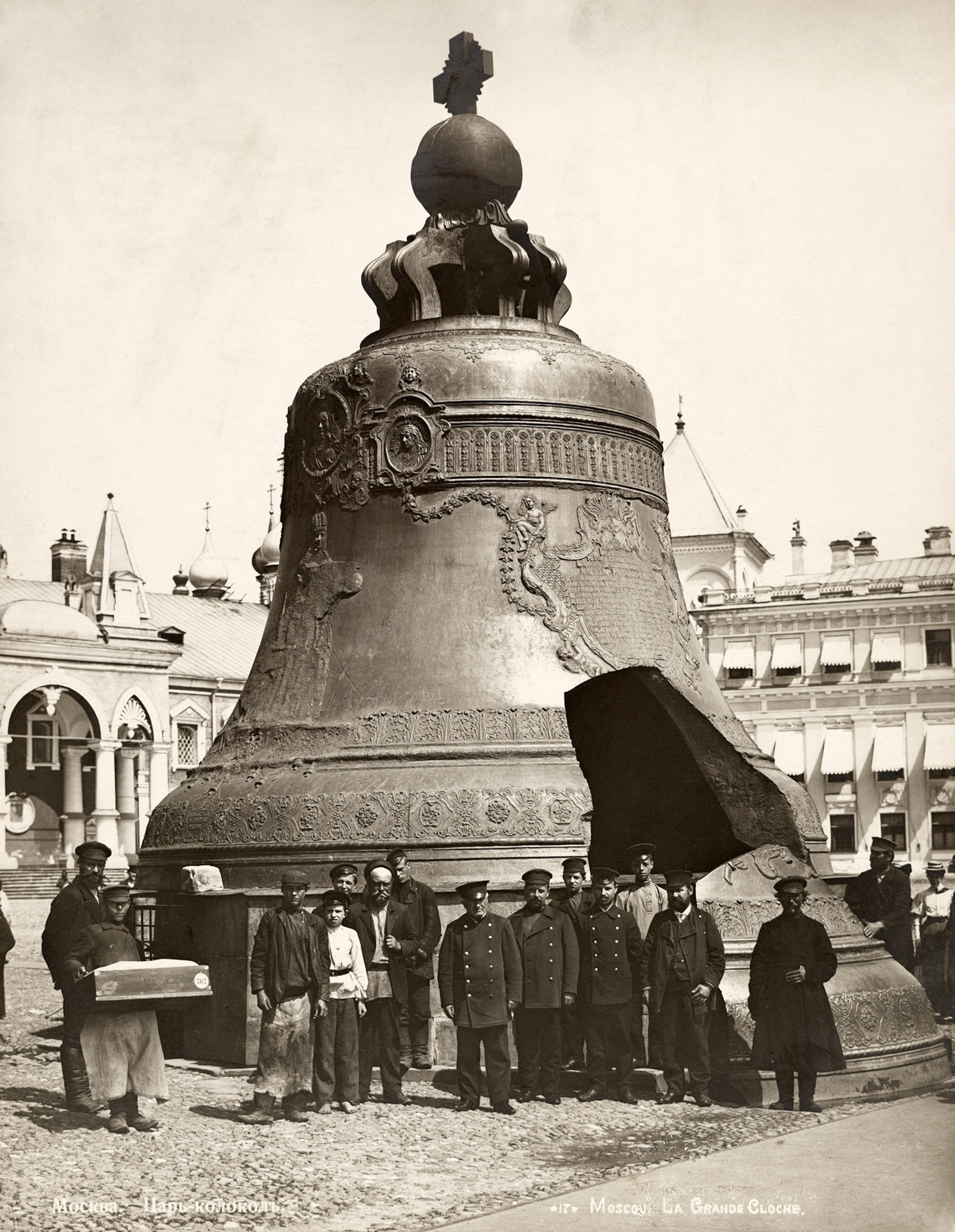
"You are the inheritors of a great civilization," he somberly told his viewing audience. "It depends on every single one of you so it gets reborn again and has happy and honorable life for us all." (Read "25 Years On, Collapse of Soviet Union Still Brings Cheers—and Tears.")
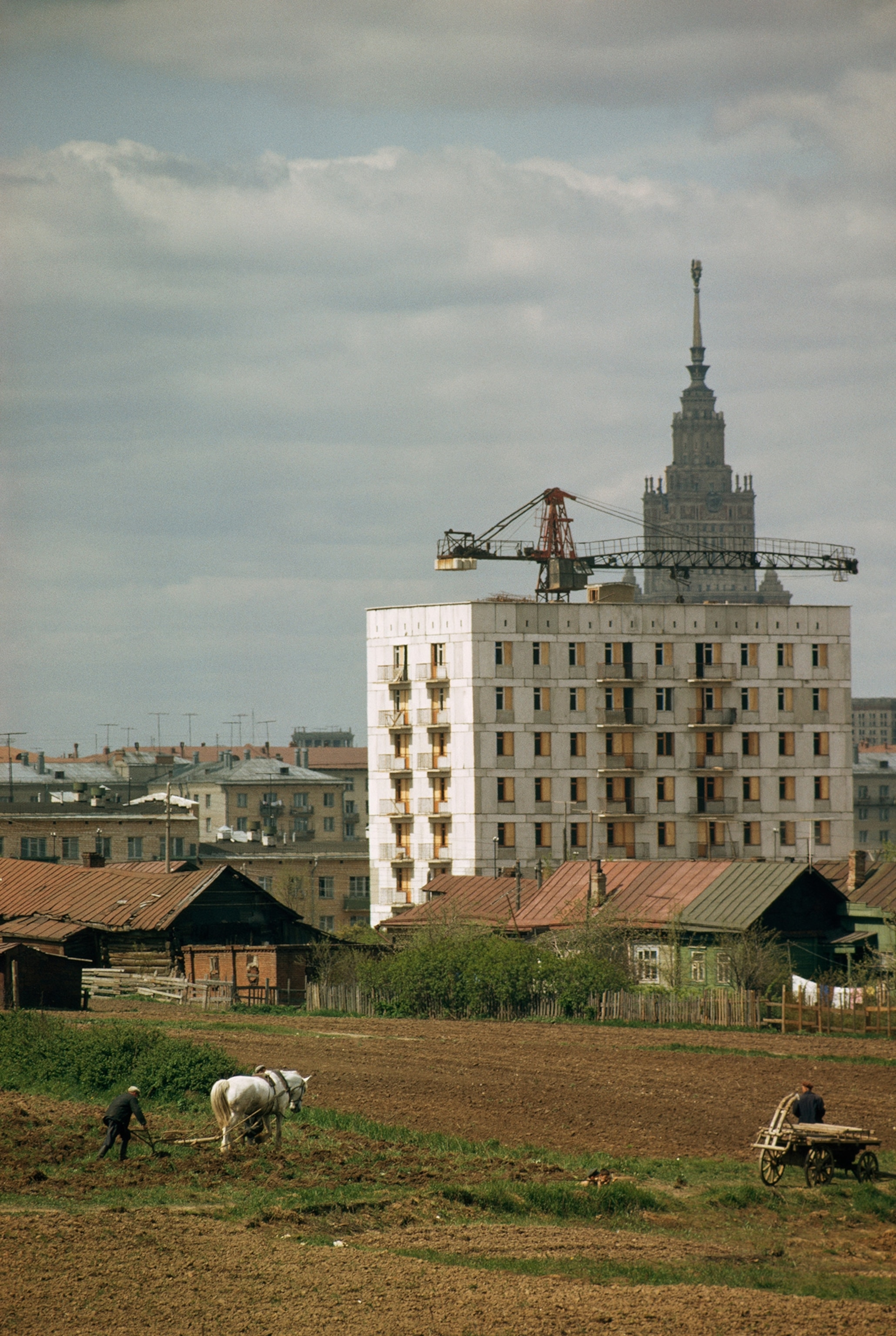
The 30-minute broadcast continued with an update on the war in the Caucasus republic of Georgia, footage of a water-skiing Santa, and the weather forecast. Minutes later, the Soviet flag was lowered at the Kremlin. The following day, the Supreme Soviet issued declaration 142-Н, and the Union of Soviet Socialist Republics was officially dissolved.
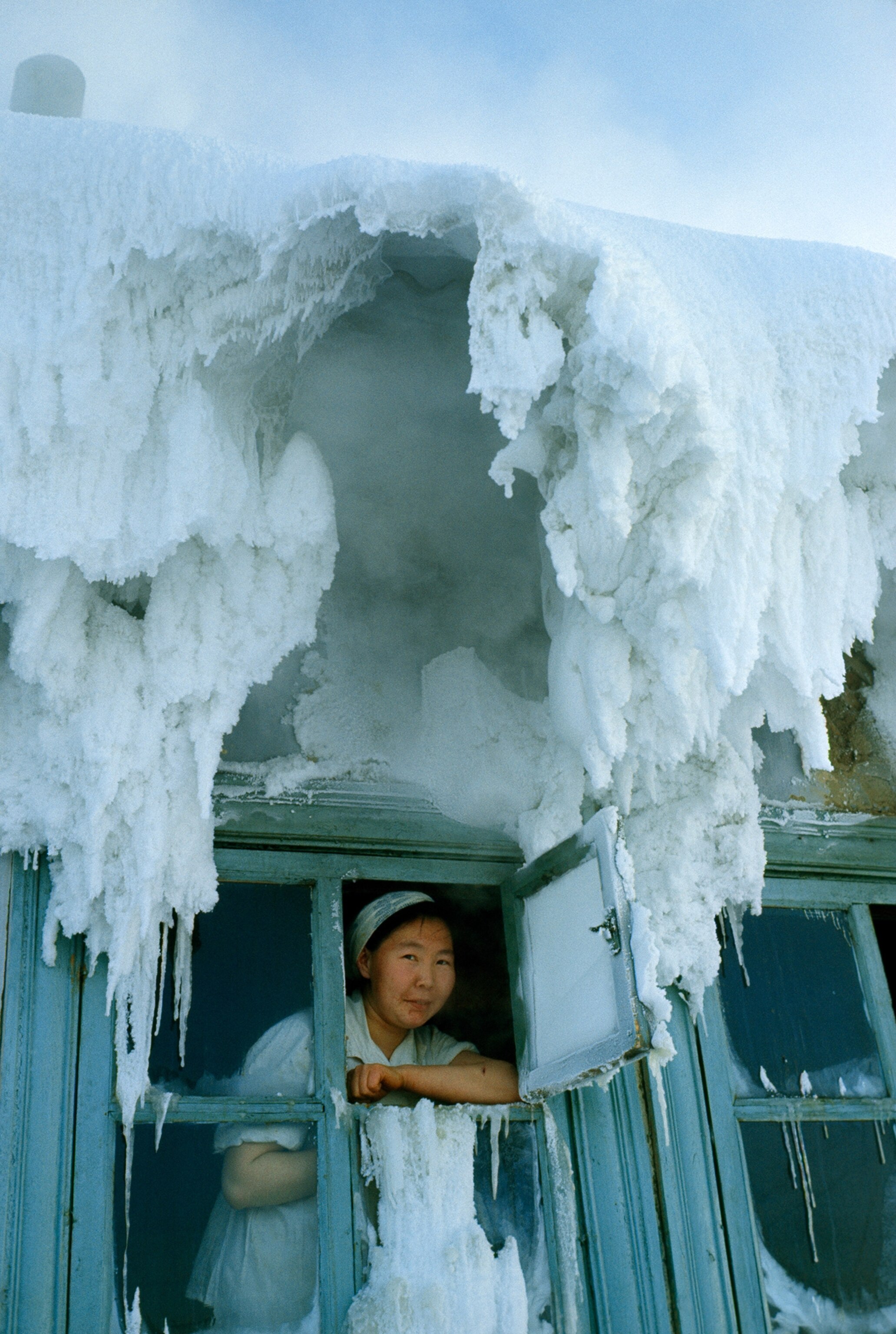
National Geographic magazine first covered Russia in November 1914, as the fading Russian Empire was entering the First World War. More than 100 pages and 16 color plates introduced readers to this boundless land and its myriad peoples. Magazine missives on the revolution and its aftermath appeared regularly throughout 1917, and by 1944 National Geographic's cartographers issued to its subscribers "the first and only available modern map of the Soviet Union with place-names in English."

As the 20th century continued, National Geographic writers and photographers made occasional, restricted visits to the Soviet Union to document the grand achievements and social and economic failures of the communist state. They marveled at the space program and how women did men's work, chafed at oppressive government minders, and recounted endless conversations with Soviet citizens on the street about whether they owned cars and houses, how much their job paid, and whether America wanted war. (Also see "Why Many Young Russians See a Hero in Putin.")
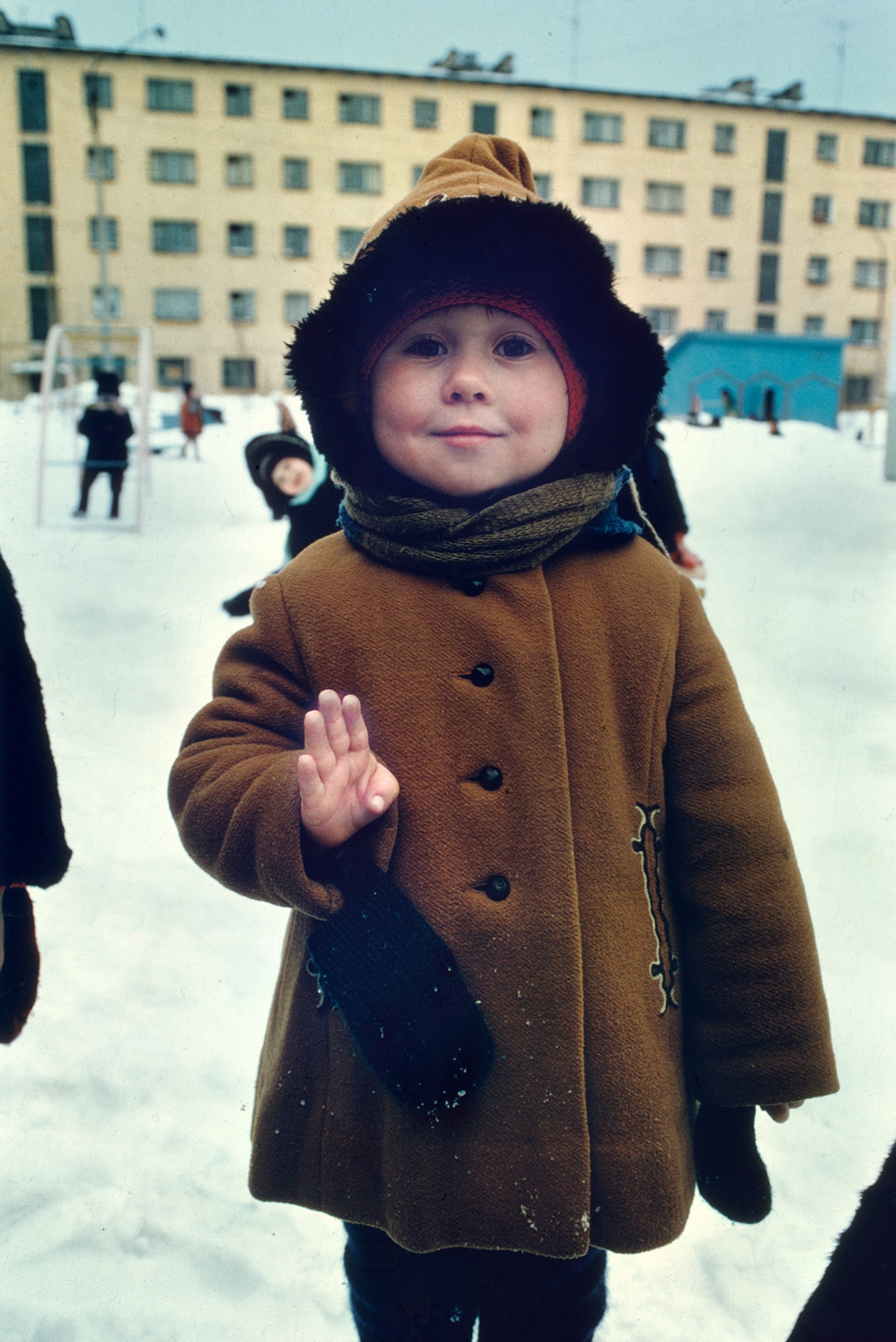
National Geographic was also there at the Soviet Union's demise, and our articles and photographs remain an important record of its existence as one of the 20th century's most influential and powerful states.

